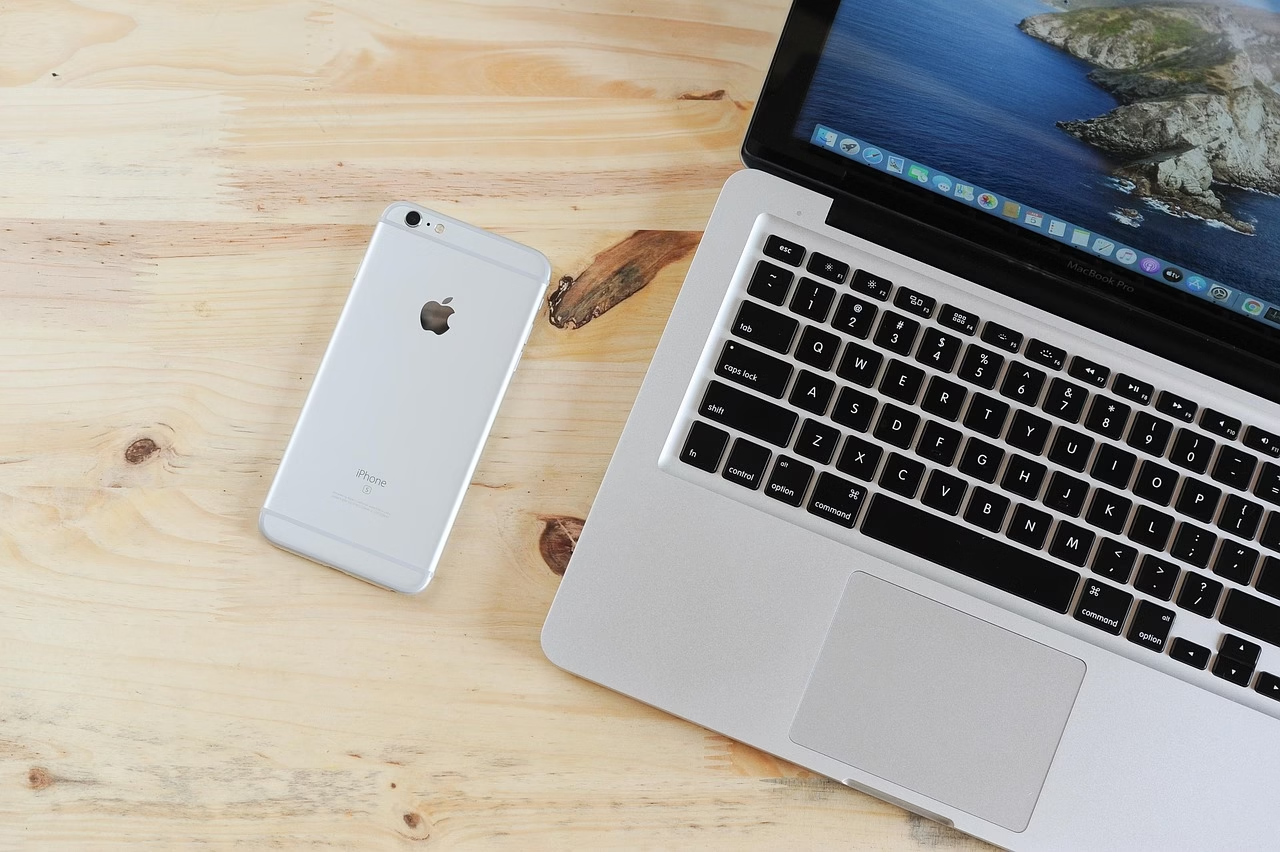How Microbreaks Can Boost Focus and Prevent Burnout in High-Pressure Work Environments
Let’s be real — high-pressure work environments almost demand 110% from you, every single day. Meeting deadlines, juggling projects, staying ahead of the curve — it all adds up quickly. And while it might seem like grinding non-stop is the way to win, there’s an unspoken truth that many overlook: taking tiny, intentional breaks can supercharge your focus and keep burnout at bay.
The Power of Microbreaks
Microbreaks are brief pauses, anywhere from 30 seconds to 5 minutes, sprinkled throughout your workday. These aren’t the same as your traditional coffee breaks or lunch breaks; these are quick moments to disconnect just enough to refresh your brain and body without losing momentum.
Why does it work? Our minds are wired to operate optimally in bursts. Just like a sprinter can’t run at full throttle indefinitely, our brains need small moments of rest to recharge. Science shows that microbreaks:
- Reduce mental fatigue and eye strain
- Help maintain steady, high levels of concentration
- Boost creativity and problem-solving abilities
- Lower your stress hormones and muscle tension
“Research from the University of Illinois found that brief diversions from a task can dramatically improve one’s ability to focus on that task for prolonged periods.”
High-Pressure Environments Need Microbreaks Most
When the stakes are high, it’s easy to think you don’t have time for a break. But the vicious cycle of stress and burnout will eventually catch up, dragging down productivity and wiping out your energy reserves.
In these fast-paced environments, microbreaks act like mini-resets. Think of your brain as a high-performance engine — running too long without cooling risks overheating. Well-placed breaks cool that engine and keep it revving strong.
How to Make Microbreaks Work for You
I’ve coached countless professionals who thought breaks were “luxuries,” but slipped microbreaks into their days and noticed immediate results. Here’s how you can get started, no matter how packed your schedule:
- Change your scenery: Stand up, stretch, or walk to a window. Switching your view refreshes your mind.
- Breathe deeply: Try deep breathing exercises or a quick mindfulness moment—inhale calm, exhale tension.
- Move gently: Neck rolls, shoulder shrugs, or wrist stretches help release accumulated tension that builds up from sitting.
- Disconnect briefly: Step away from screens if you can. Even closing your eyes for 30 seconds reduces eye strain and mental clutter.
Remember, these microbreaks aren’t distractions — they are strategic investments in your productivity and mental clarity.
The Ripple Effects Beyond Work
Incorporating microbreaks doesn’t just help during your work hours, it builds a healthier rhythm for your entire day. When you manage to reset regularly, stress levels stay manageable and energy lasts longer, even outside the office.
You’ll notice:
- Improved mood and patience with colleagues and clients
- Better decision-making under pressure
- Greater resilience against burnout symptoms like exhaustion or cynicism
Final Thoughts: Small Shifts, Big Wins
The beauty of microbreaks is how simple they are, yet how profound their impact can be. You don’t need to overhaul your entire work routine overnight—start with tiny breaks and watch them compound into sustainable focus and energy.
In high-pressure roles, it’s not about how much you push; it’s about how smartly you manage your energy. Microbreaks are a secret weapon that helps you do just that.
So, go ahead—stand up, stretch, breathe. Your brain and body will thank you, and your work will show the difference.





